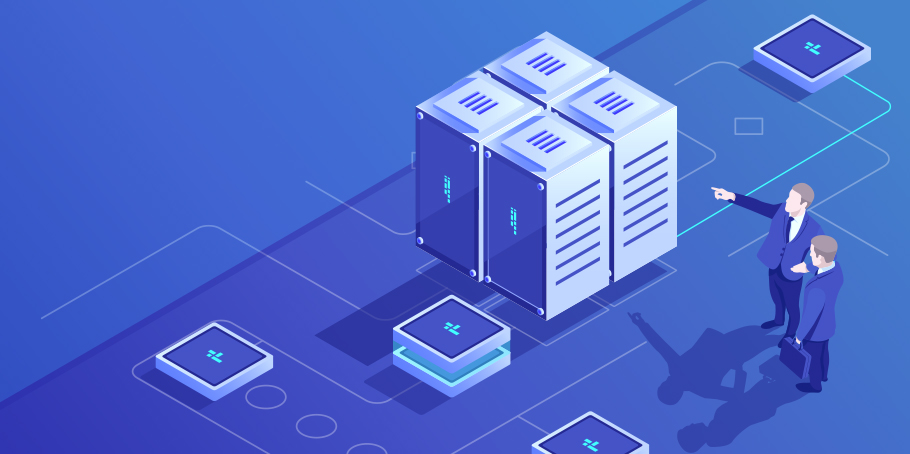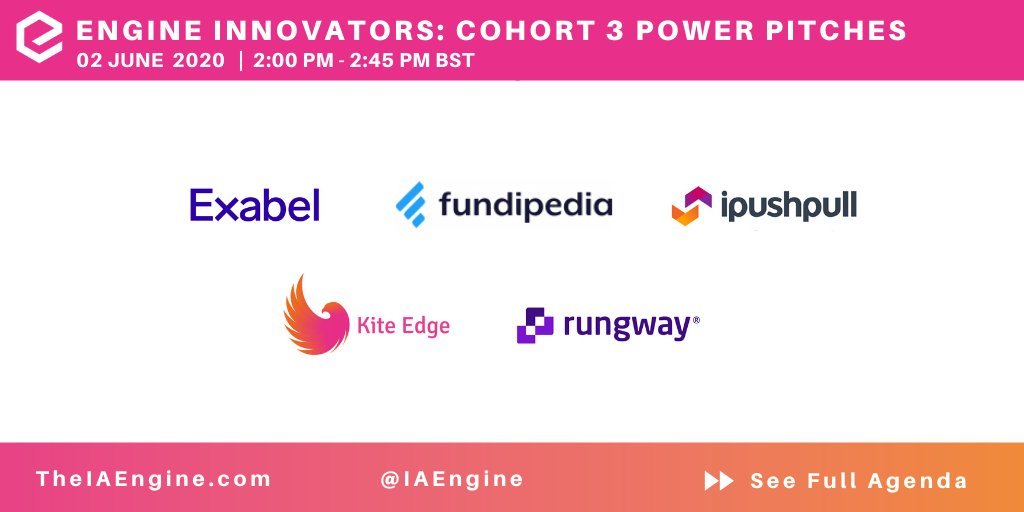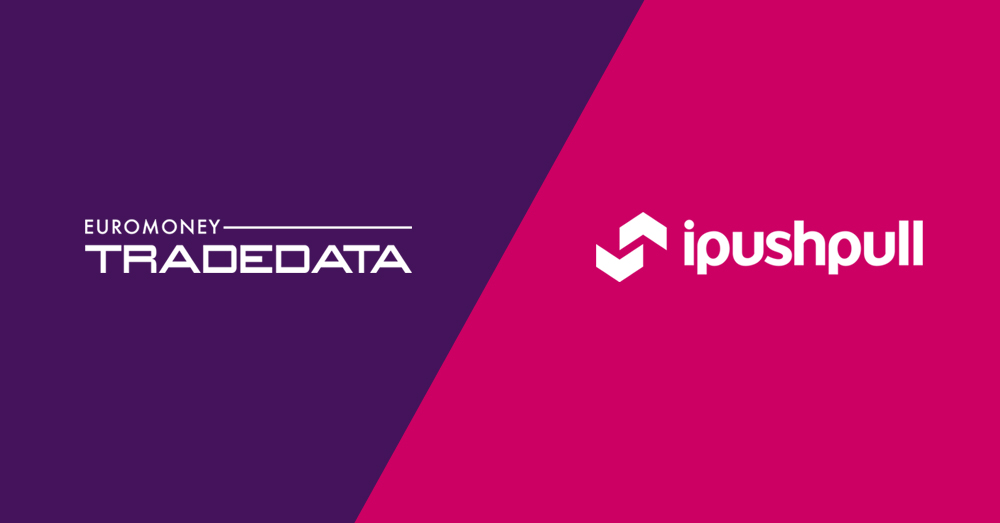By Matthew Cheung, CEO, ipushpull
In previous blogs, we have focused some of the benefits of Data-as-a-Service (DaaS), discussing how DaaS can be used to accelerate digital initiatives, for example. We’ve also discussed the practicalities of how firms can enable DaaS on their legacy platforms and the steps that data-rich firms can take to offer DaaS-based products to their clients.
In this blog, I’d like to clarify why it’s important for firms to progress from pure data distribution towards data-driven workflows in financial markets, examine some use cases, and explore the benefits that automated data-driven workflows can offer.
.
The need for financial markets workflow automation
As a starting point, what do we actually mean when we talk about data-driven workflows? It could be argued that all workflows – regardless of their simplicity or complexity – are data driven. Something happens (an event), resulting in new or updated information (data), which triggers an activity or a process (the workflow).
In the financial markets sector, workflows across the front, middle and back office have typically been established over a number of years. And while these workflows may serve their purpose, many entail manual processes that are inefficient, time-consuming, labour-intensive and not scalable.
This is a problem for the industry, and why greater automation is needed. Particularly in the front-office, where information tends to be time-critical. Firms may not realise how much these manual processes – acting on instructions received in chat windows, sending and receiving emails, transferring spreadsheets or other files back and forth, and so on – is hampering their ability to grow. A common attitude around existing workflows is, ‘that’s just the way things are’.
But things don’t have to be that way. And automating data-driven workflows can lead to greater efficiencies, cost savings, and higher growth potential.
So how do we get there?
The first step is recognising that data needs to be at the core of everything. What often happens at the moment with existing processes, is that they can result in multiple versions of the data (in multiple formats) residing in different places, with users needing specific applications, spreadsheets, chats or emails to support their version of the data.
In an automated data driven workflow, a golden source copy of the data sits centrally, and as it moves around, processes based upon that data are triggered automatically. So all of the workflow happens around the data. This approach is faster, more efficient, more scalable, easier to streamline and automate, easier to integrate, and there’s always a clear audit trail.
.
Use Cases: Data-Driven Workflows in Financial Markets
How does this work in practice? Let’s look at a few examples.
Real-time Pricing of basket trades
ipushpull is helping a leading institutional broker create automated workflows, for both the broker and its clients, around live pricing of basket trades. Previously, the workflow was a highly manual, labour-intensive process, where the client would send to the broker (via e-mail) a spreadsheet containing hundreds of lines of individual stocks, which would then have to be copy/pasted into the broker’s format for pricing, with the resulting data being copy/pasted back into the client’s spreadsheet format and e-mailed back to the client.
Although this a fairly standard workflow in the industry for pricing basket trades, it is time-consuming, error-prone and totally unscalable – there are only so many of these types of trades a broker can do in a day, given the manual effort involved.
Working with ipushpull, the broker is now automating a data-driven workflow whereby clients can push their basket directly from their spreadsheets, the stock data is recognised and mapped to the brokers format so the pricing can be rapidly generated. It is then automatically sent back to the client in Excel, with little or no manual intervention other than oversight of the process. This is enabling the broker to work much more efficiently, pricing more trades, in a more accurate and timely manner, and gaining new scalable business as a result, as well as eliminating keystroke risk.
Distributing Bond Axes
The fixed income division of a leading UK bank has created an automated workflow to send live prices for bond axes to its clients. In this case, the bank’s dealers are able to publish relevant axes with live prices in a Symphony chat window, which the client can execute directly from a chat. That then triggers a full STP process to automatically trade and update the bank’s internal systems.
Previously, this was a much more manual process, involving e-mails being sent back and forth, or copying information from other systems and applications into chat windows. Whereas what the client sees in the chat now is live, executable data that can be acted upon immediately either with a bot or direct with a sales person.
Streamlined pre-trade Workflow
The third use case is an investment management firm building automated data-driven workflow for FX options. The manual workflow they had – again, fairly standard in the industry – was that the trader would receive an instruction from a portfolio manager via their internal system, manually type that into a chat to its dealers and negotiate pricing across mulitple different counterparts.
Using ipushpull, this workflow has been streamlined removing any manual processes – any related operational risks – on the buyside.
.
Conclusion
The key to all of this is understanding the data, looking at the manual processes that still exist around time-critical workflows, finding the bottlenecks, and determining which processes are ripe for automation.
The good news is that the technology is now available from ipushpull to automate those processes without significant upheaval to firms’ current workflows, so users are still able to work within familiar chat and collaboration apps like Symphony and Excel Spreadsheets, but without the manual inefficiencies.
As these tools and technologies become more widely used, firms will no longer be able to remain competitive by over-reliance on manual workflows. Instead, moving to data-driven workflows will accelerate the path to a data-driven enterprise yielding significant benefits.
.
On-demand Webinar & Report: Digitisation of Pre-trade Client Workflows
Learn how J.P. Morgan, Goldman Sachs, Insight Investment and TP-ICAP are approaching the digitisation of pre-trade client workflows.
Understand how market infrastructure providers like CurveGlobal, Symphony and ipushpull are facilitating this by improving price discovery and building liquidity through standardisation, automation and live data.
.







